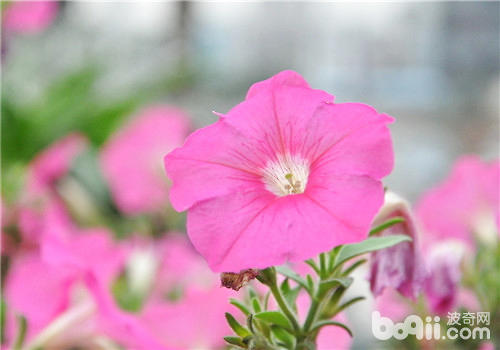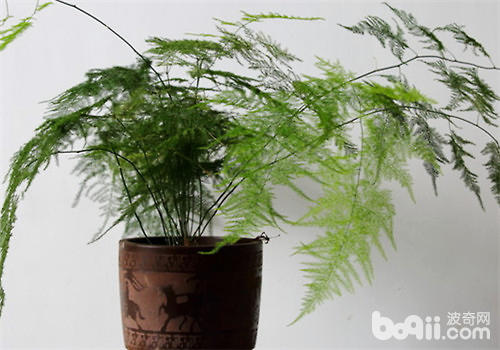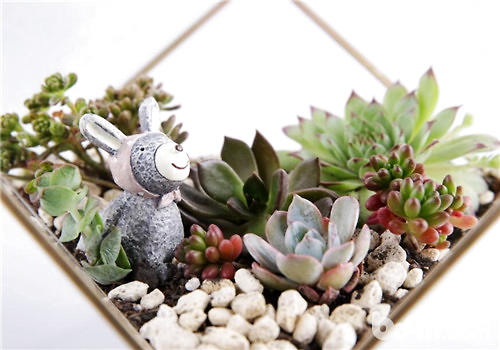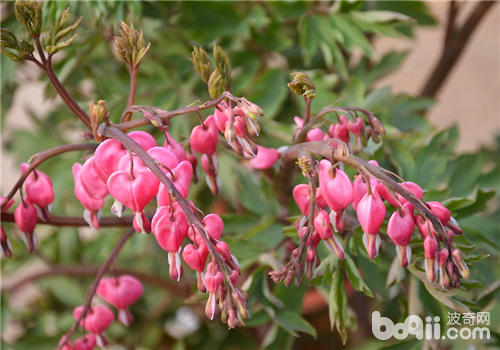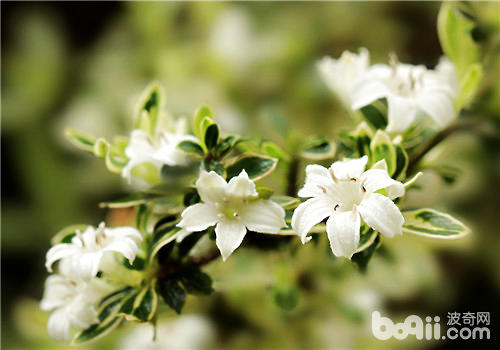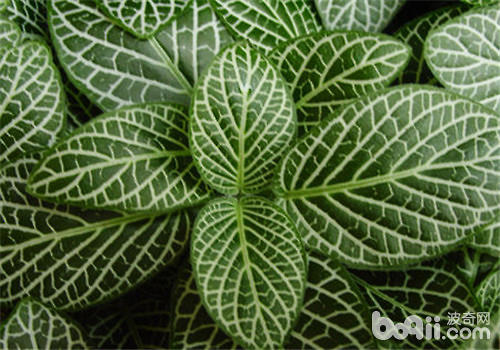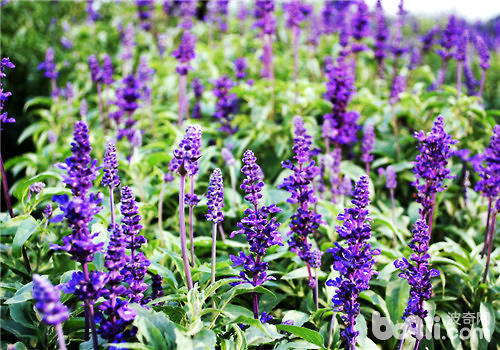The periwinkle is very popular because of its many colors and long flowering period. The periwinkle is mostly sown as seedlings, but of course, cuttings can also be taken, but the seedlings propagated from cuttings are not as strong as the live seedlings sown.
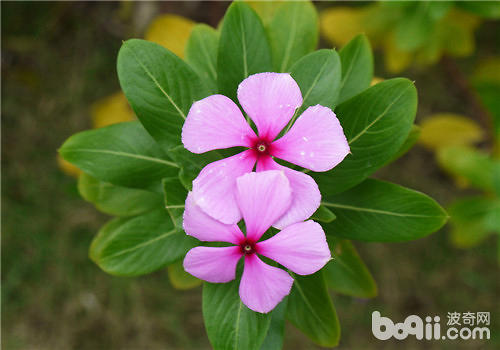
Periwinkle (Details)
The seeds of periwinkle are generally purchased directly by the flowering public, but there are also their own seeds, so here is a little bit about the time to collect the seeds of periwinkle, the periwinkle fruit is different because of the flowering time and the maturity period is not the same, so the seeds should be picked as they ripen. After the fruit matures and the color turns black, the skin is easy to crack so that the seeds are dispersed, so the seeds need to be picked in time. When you see the skin yellowing, and can faintly reflect the black seeds inside, you need to harvest.
1, periwinkle sowing time, periwinkle sowing generally in the spring around March-May, generally speaking, periwinkle for early flowering, can be sown in early spring greenhouse seedlings, given 20 ℃ environment, spring warming moved to the open cultivation.
2, the medium of sowing: the medium is best to use peat + perlite at 3:1 preparation, can also be used rotting soil, with 500 ~ 600 times the polymyxin solution watered through (sterilization), the seedling vessels will be placed in the south-facing sunny place.
3, sowing to cover with thin sandy soil, do not make the seeds directly to the light, with a fine spray can water enough, covered with film or grass curtain to keep the soil moist, 7 to 10 days to seedlings.
4, after the seedling management: periwinkle seedlings, gradually strengthen the light. Because periwinkle seedlings grow slowly, the temperature rises after the growth of faster. To timely interplant (that is, to remove the weak seedlings, reasonable interplant helps to make the flower seedlings grow strong).
